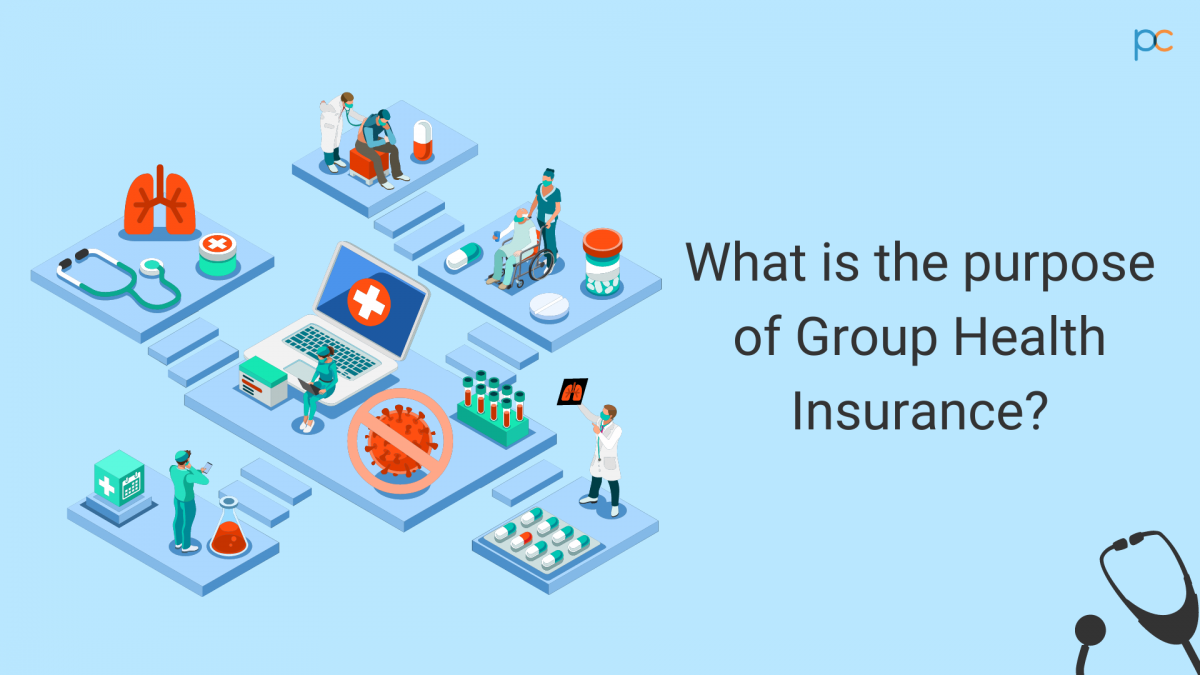The Facts About Pacific Prime Revealed

This decrease of virtually 2 million in the number of individuals 'without insurance (a reduction of about 4 percent) is absolutely a favorable modification. With a softer economic situation in 2000 the current reported gains in insurance protection might not continue (Fronstin, 2001) (international travel insurance). The decline in the number of without insurance will certainly not proceed if the economic situation stays slow-moving and health care expenses proceed to outmatch inflation
This is since the data were gathered for a duration of solid economic performance. Of the estimated 42 million people that were uninsured, all however regarding 420,000 (regarding 1 percent) were under 65 years old, the age at which most Americans end up being qualified for Medicare; 32 million were adults in between ages 18 and 65, about 19 percent of all grownups in this age; and 10 million were children under 18 years old, concerning 13.9 percent of all children (Mills, 2000).
These quotes of the variety of persons without insurance are produced from the annual March Supplement to the Existing Population Study (CPS), performed by the Demographics Bureau. Unless or else kept in mind, national quotes of individuals without health and wellness insurance and percentages of the populace with various kinds of coverage are based on the CPS, the most extensively used resource of quotes of insurance coverage and uninsurance prices.
Pacific Prime Fundamentals Explained

Still, the CPS is specifically helpful since it creates yearly quotes relatively swiftly, reporting the previous year's insurance policy coverage estimates each September, and since it is the basis for a regular collection of price quotes for greater than two decades, enabling evaluation of trends in coverage gradually. For these factors, along with the extensive use of the CPS in other research studies of insurance policy protection that exist in this report, we count on CPS estimates, with limitations kept in mind.

The estimate of the number of uninsured individuals expands when a population's insurance standing is tracked for numerous years. Over a three-year period beginning early in 1993, 72 million people, 29 percent of the united state populace, lacked insurance coverage for at the very least one month. Within a single year (1994 ), 53 million people experienced at the very least a month without protection (Bennefield, 1998a)
6 out of every 10 without insurance adults are themselves employed. Although functioning does enhance the chance that a person and one's member of the family will have insurance policy, it is not an assurance. Even members of households with 2 full-time wage earners have virtually a one-in-ten possibility of being without insurance (9.1 percent without insurance price) (Hoffman and Pohl, 2000).
The smart Trick of Pacific Prime That Nobody is Talking About
New immigrants make up a significant percentage of people without health and wellness insurance coverage. One evaluation has actually attributed a considerable section of the recent development in the dimension of the U.S. uninsured population to immigrants that got here in the country in between helpful site 1994 and 1998 (Camarota and Edwards, 2000). Recent immigrants (those who came to the United States within the past 4 years) do have a high rate of being uninsured (46 percent), yet they and their children represent simply 6 percent of those without insurance policy country wide (Holahan et al., 2001).
The partnership in between medical insurance and accessibility to care is well established, as recorded later on in this phase. The partnership in between health insurance and health results is neither straight nor easy, a comprehensive scientific and health and wellness services research literature web links wellness insurance protection to enhanced accessibility to care, better high quality, and improved individual and population health condition.
Levels of analysis for analyzing the effects of uninsurance. This discussion of health and wellness insurance policy protection concentrates mostly on the united state population under age 65 since practically all Americans 65 and older have Medicare or various other public protection. Furthermore, it focuses especially on those with no health and wellness insurance for any type of size of time.
Pacific Prime - Questions
The issues encountered by the underinsured are in some aspects comparable to those encountered by the without insurance, although they are normally less extreme. Health insurance policy, however, is neither needed neither enough to acquire accessibility to medical services. The independent and direct effect of wellness insurance policy protection on access to wellness solutions is well developed.
Others will get the wellness care they need even without wellness insurance coverage, by paying for it expense or seeking it from service providers that use care cost-free or at highly subsidized prices. For still others, medical insurance alone does not make certain invoice of treatment since of various other nonfinancial barriers, such as a lack of healthcare companies in their area, restricted access to transport, illiteracy, or etymological and social differences.
The Basic Principles Of Pacific Prime
Official research study regarding uninsured populations in the USA dates to the late 1920s and early 1930s when the Board on the Price of Healthcare produced a collection of records about financing physician office brows through and hospitalizations. This concern ended up being prominent as the numbers of medically indigent climbed up throughout the Great Clinical depression.